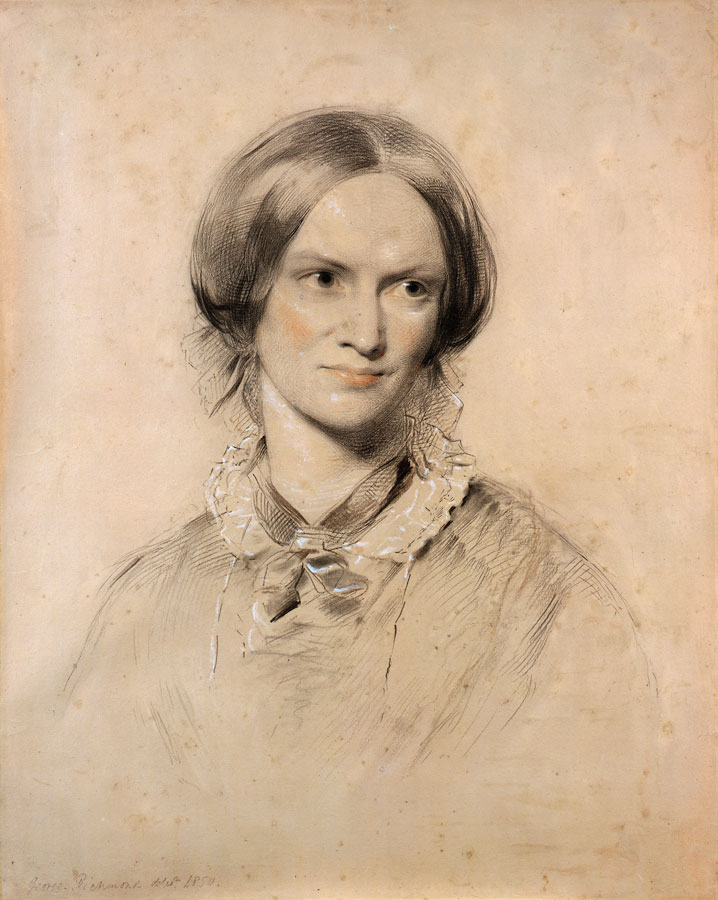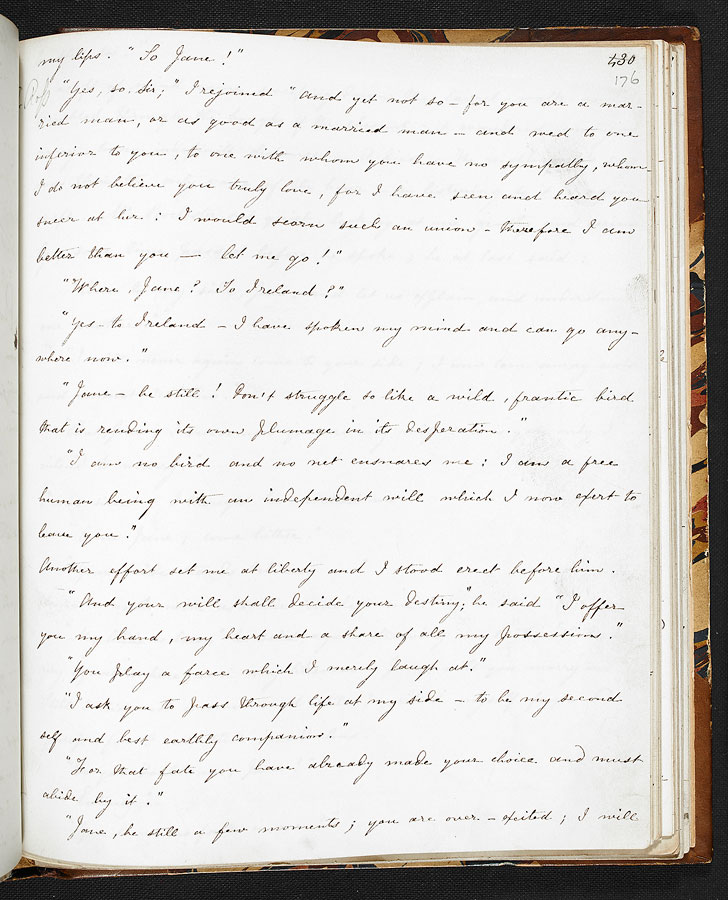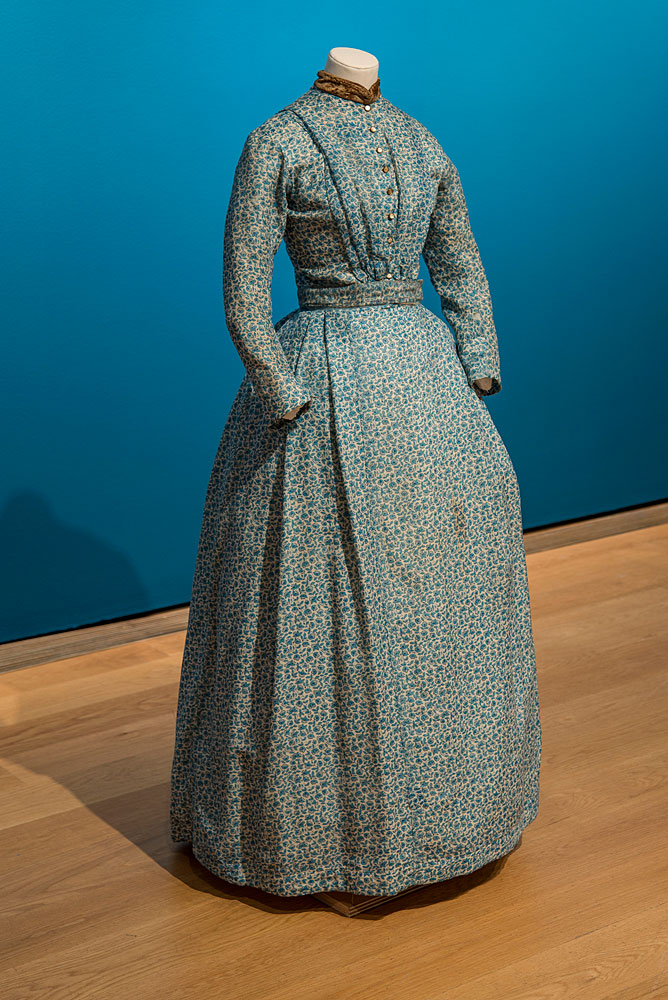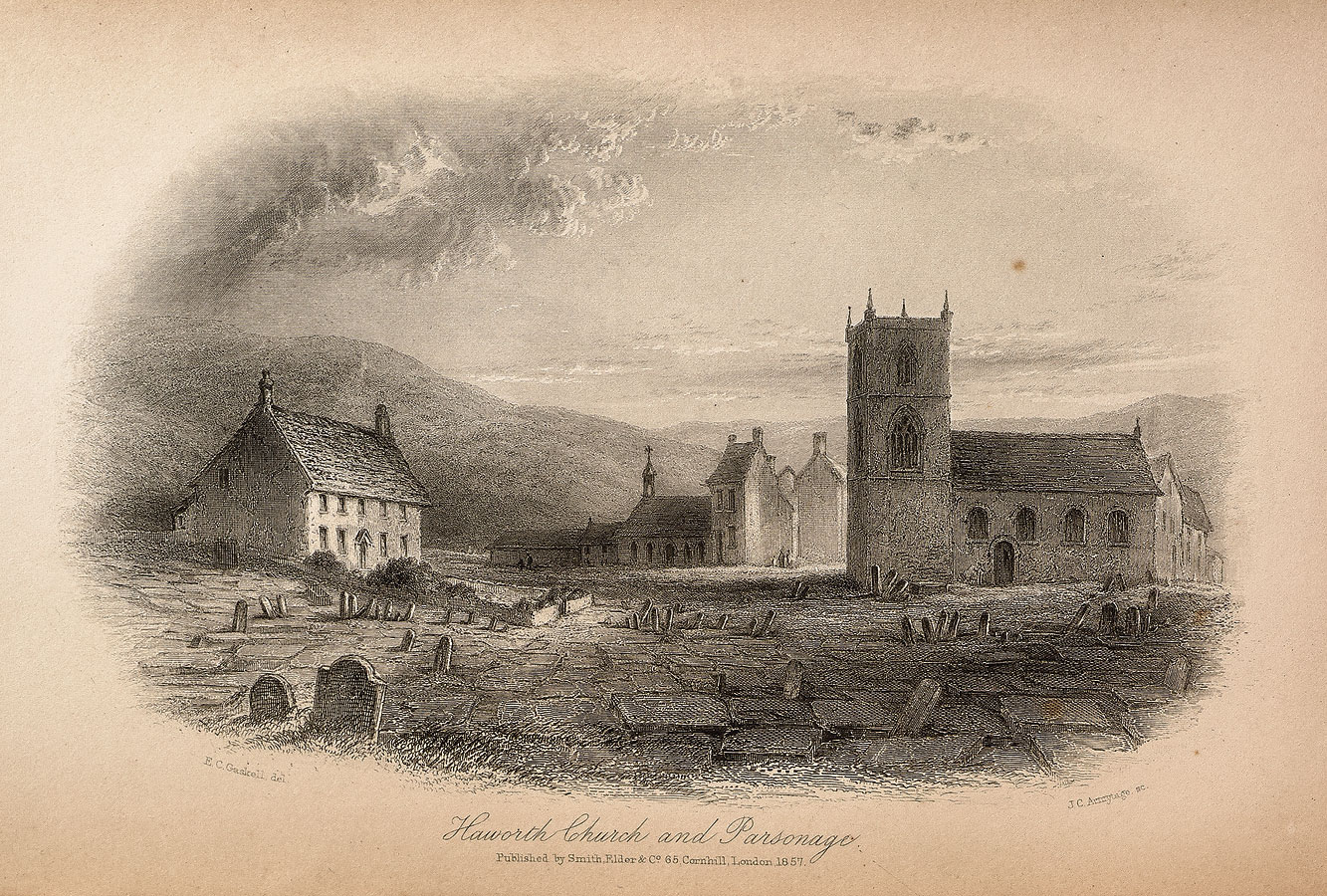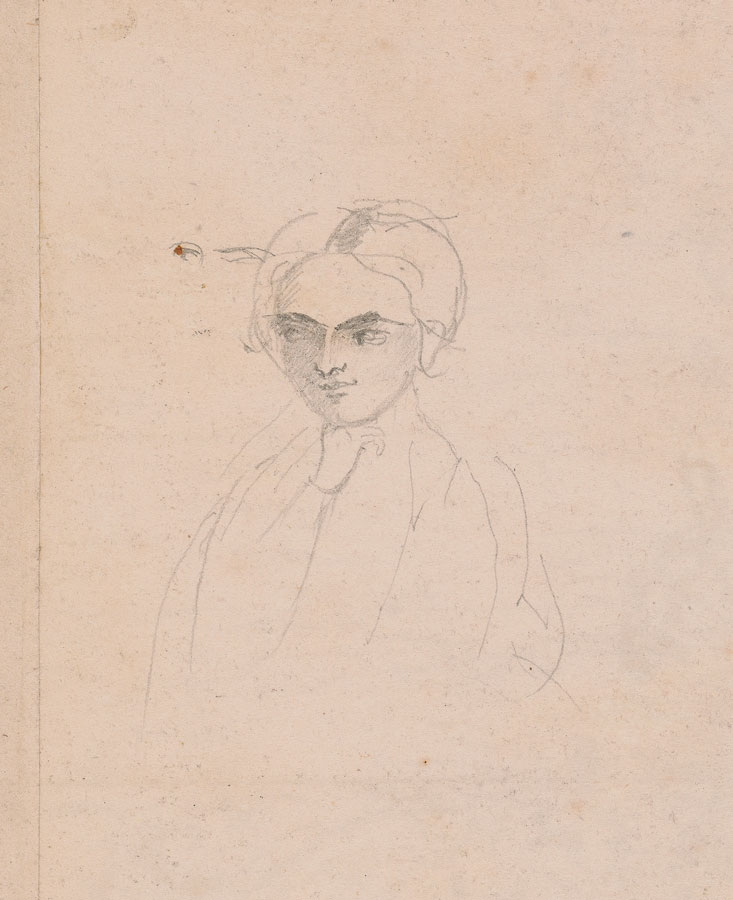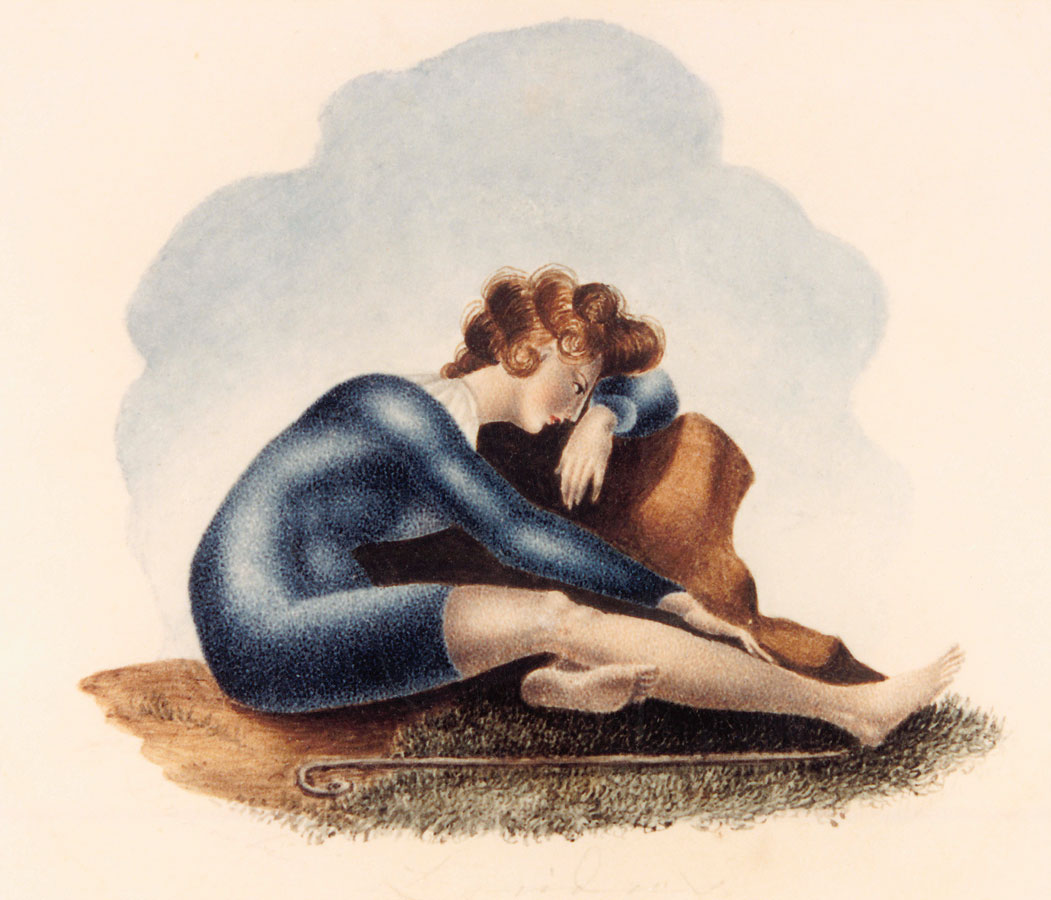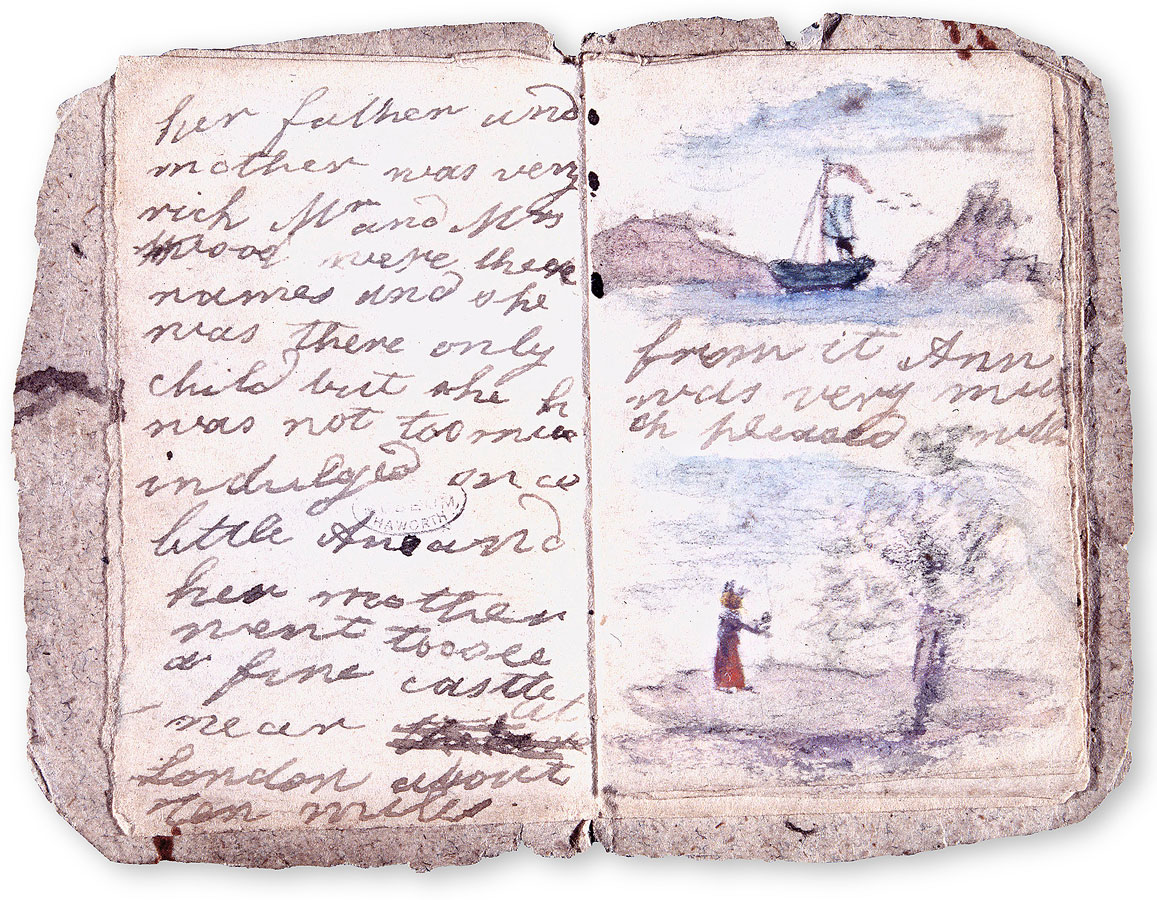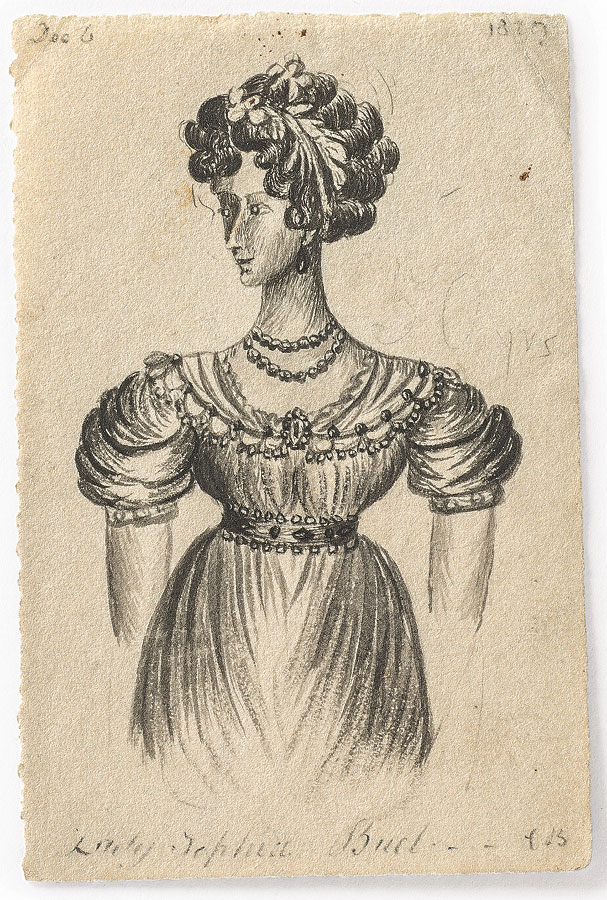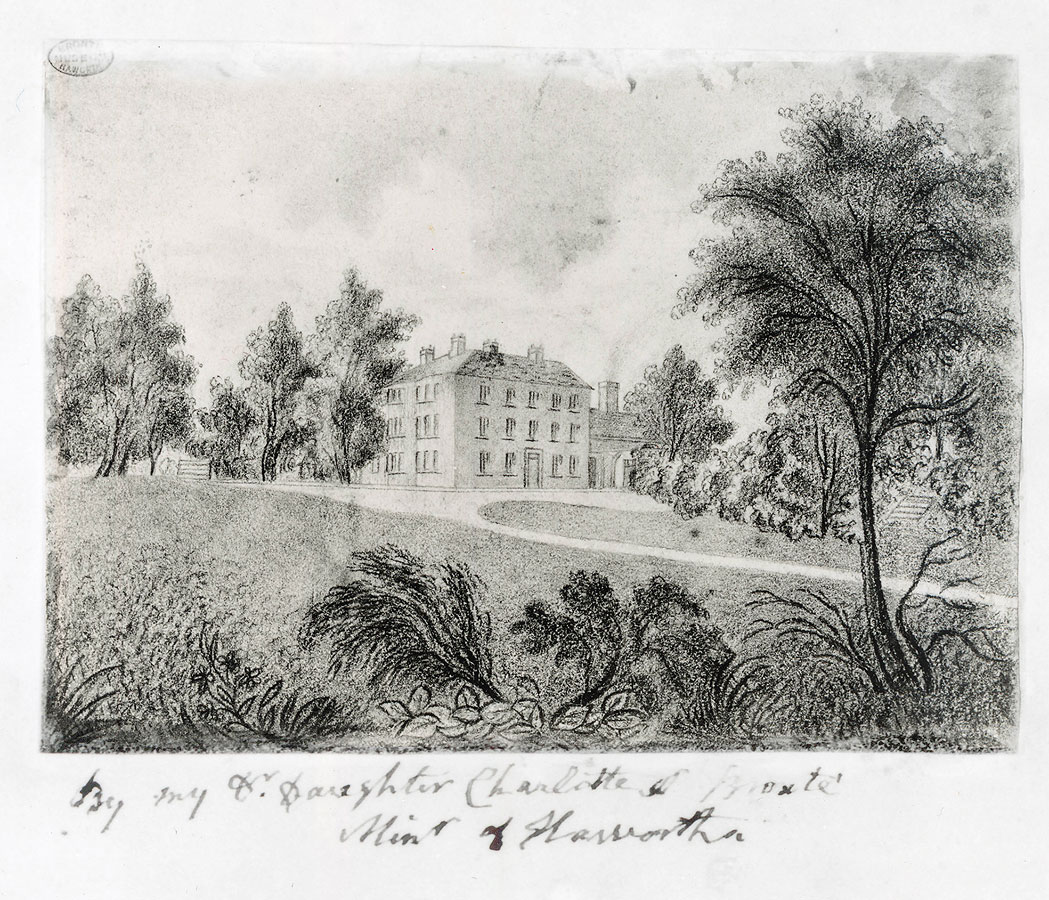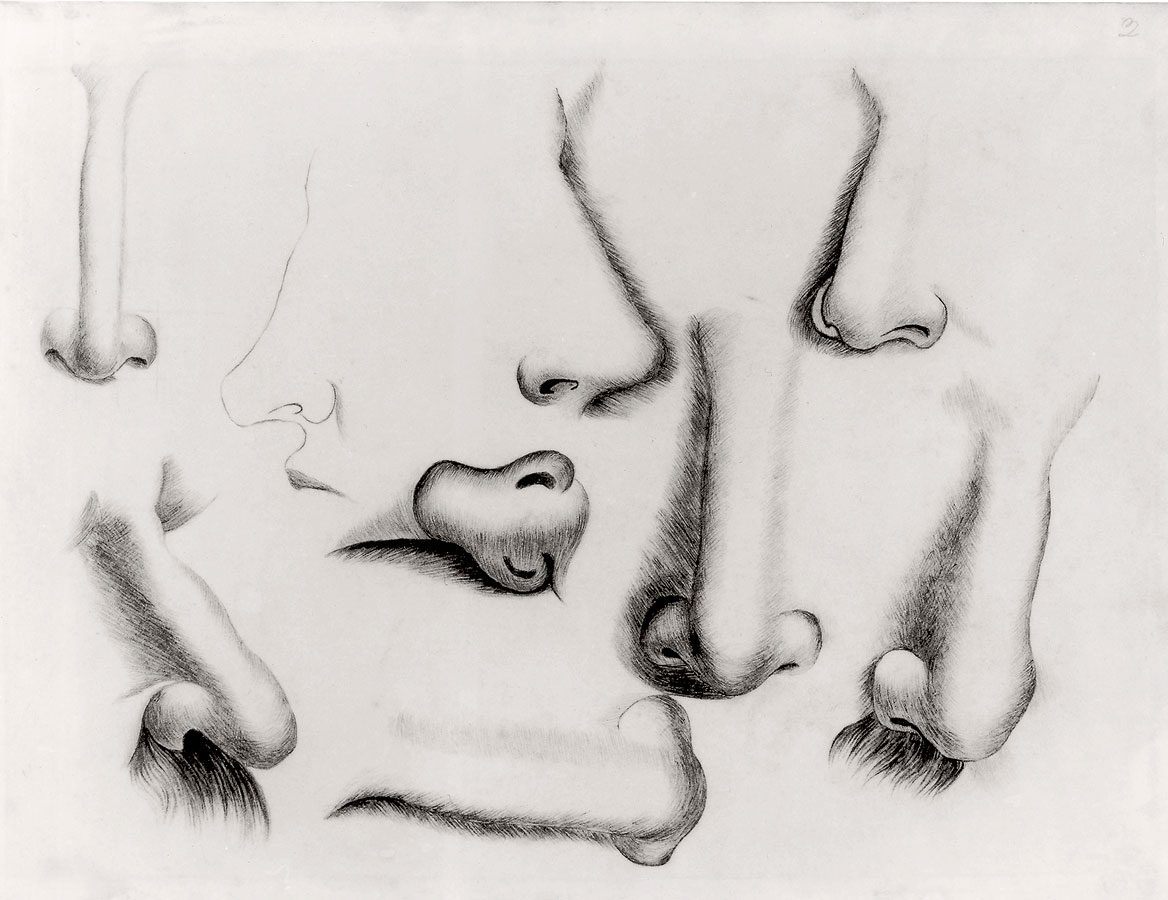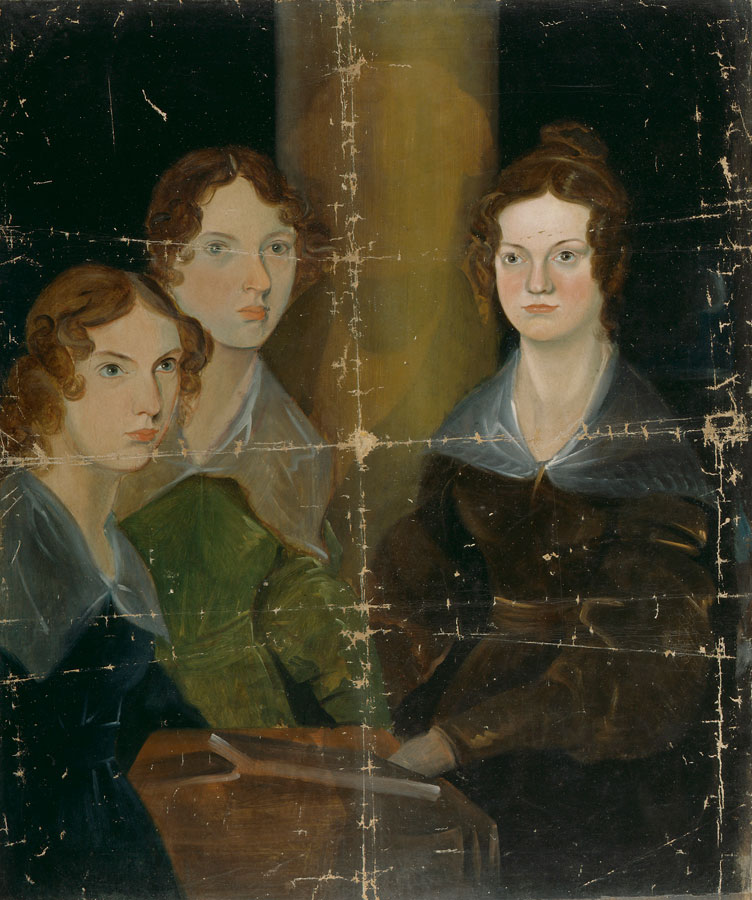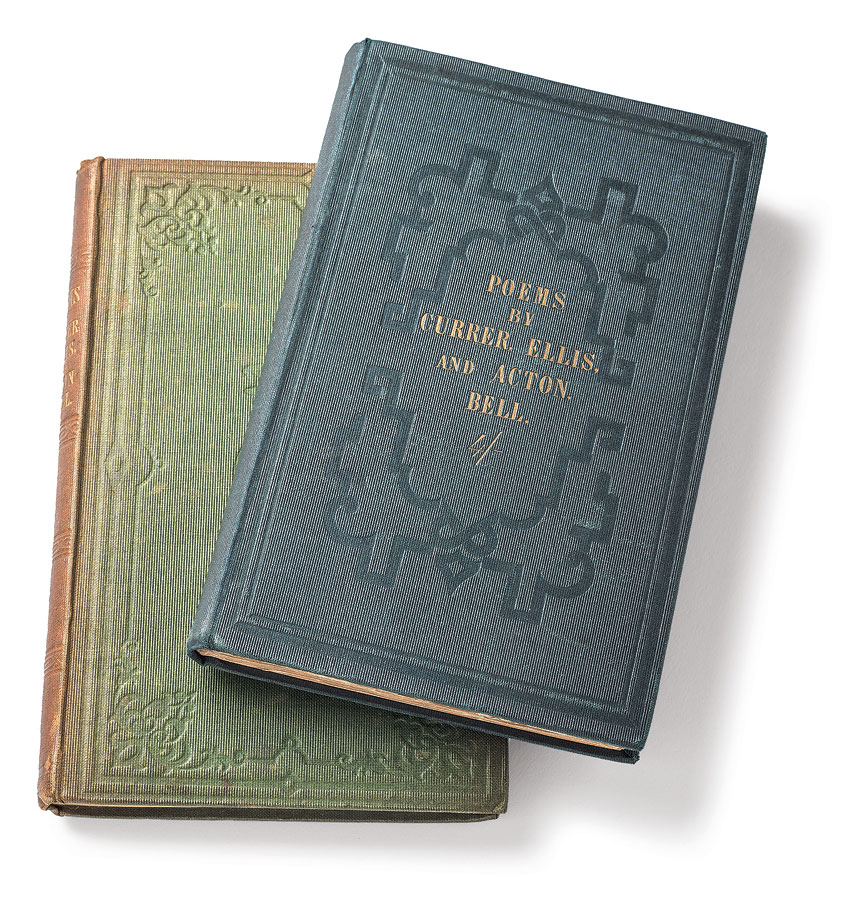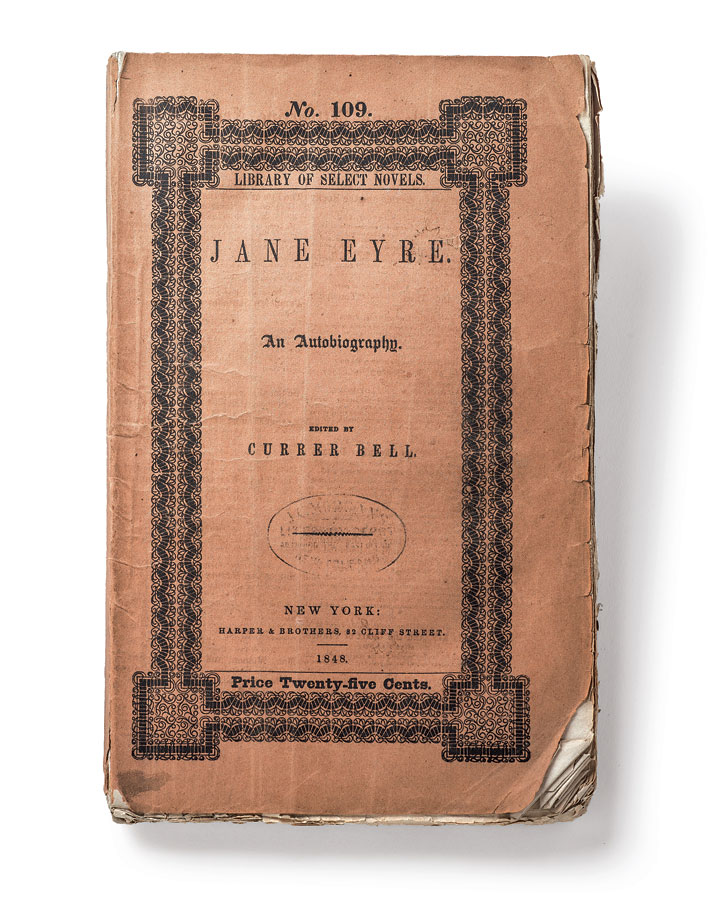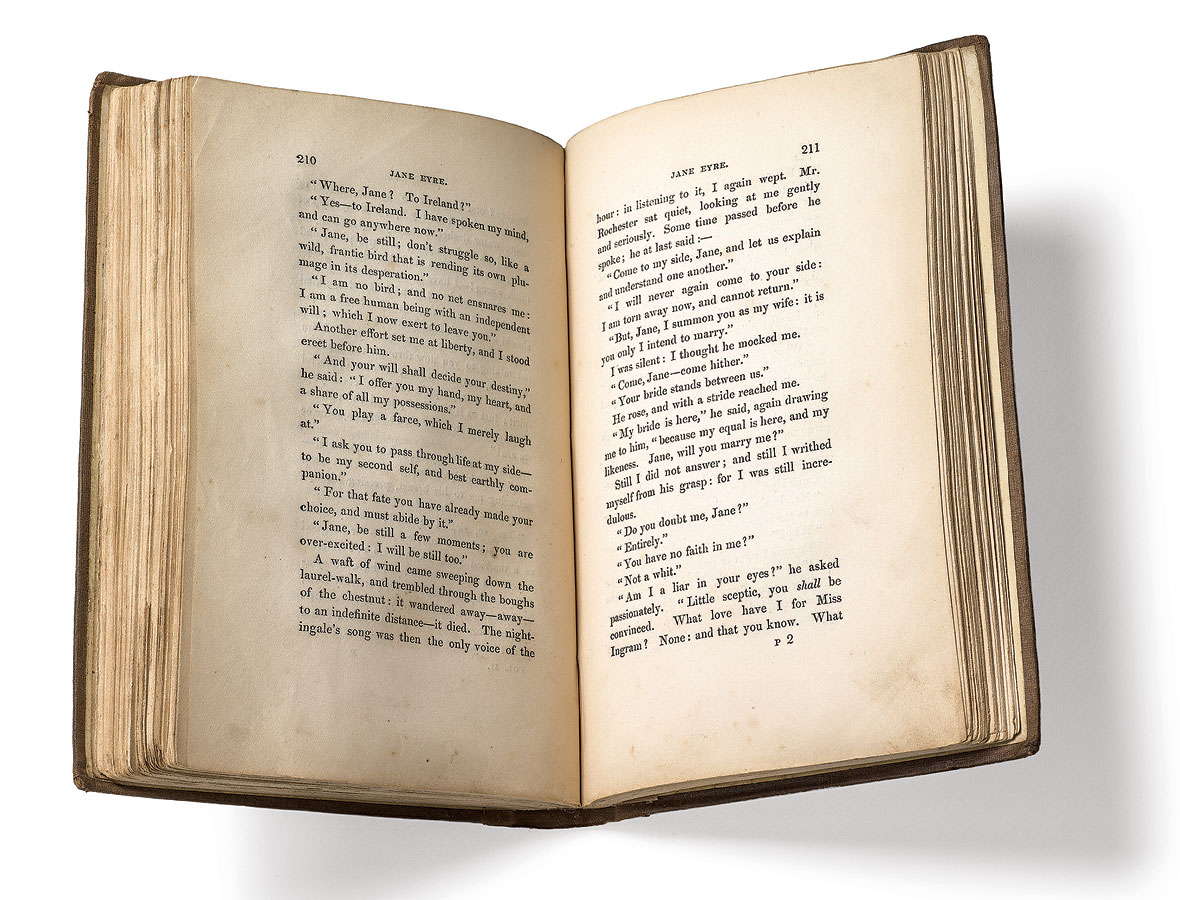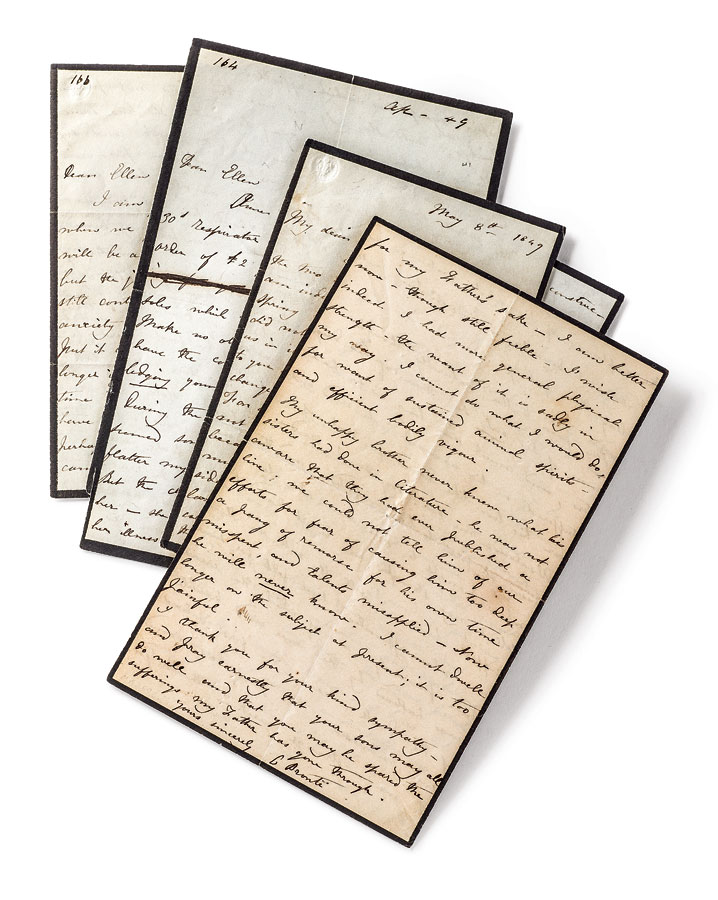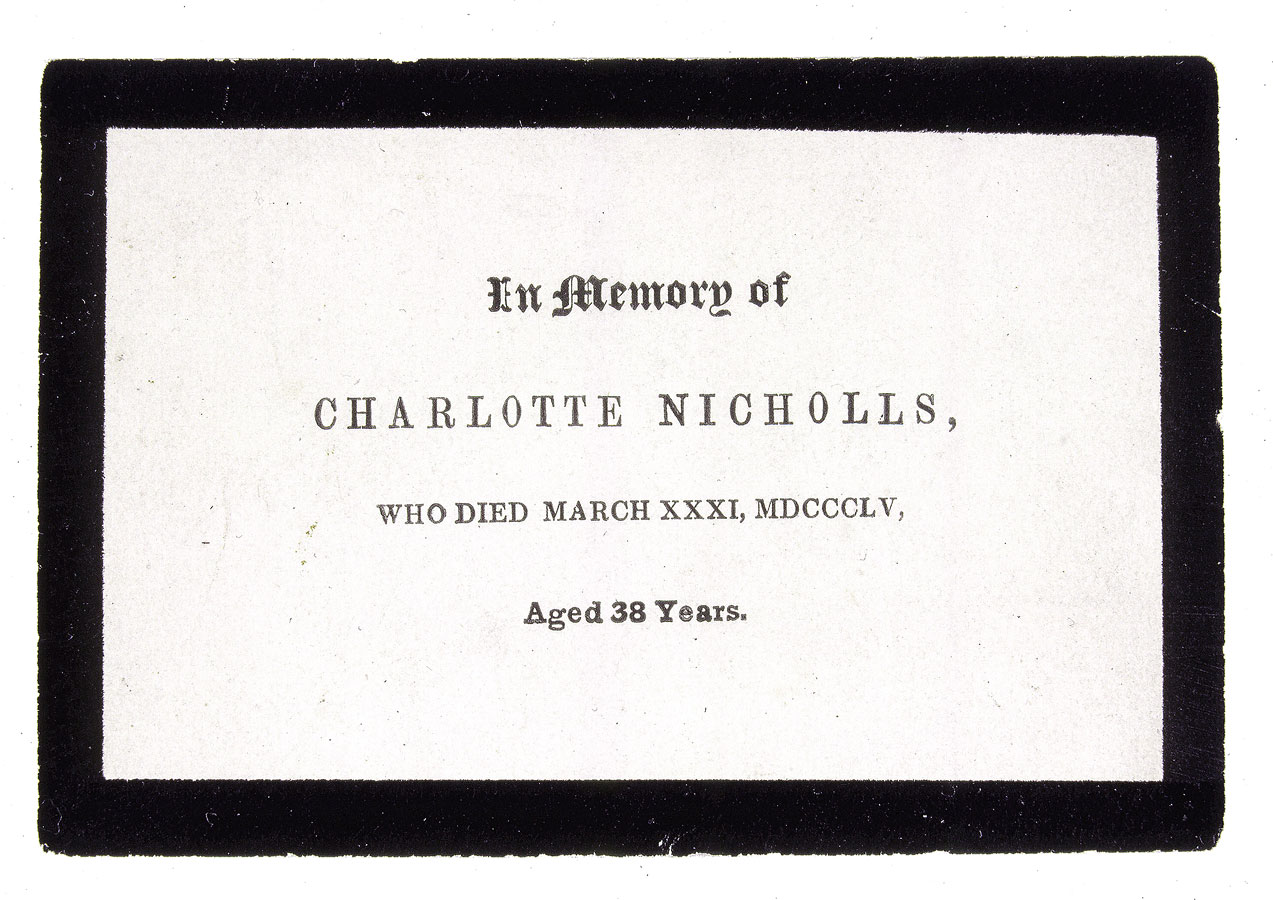From the time Charlotte Brontë’s novel Jane Eyre was first published in 1847, readers have been drawn to the orphan protagonist who declared herself “a free human being with an independent will.” Like her famous fictional creation, Brontë herself took bold steps throughout her life to pursue personal and professional fulfillment. Charlotte Brontë: An Independent Will traces the writer’s life from imaginative teenager to reluctant governess to published poet and masterful novelist.
This exhibition celebrates the two-hundredth anniversary of Brontë’s birth in 1816, and marks an historic collaboration between the Morgan, which holds one of the world’s most important collections of Brontë manuscripts and letters, and the Brontë Parsonage Museum, in Haworth, England, which has loaned a variety of key items including the author’s earliest surviving miniature manuscript, her portable writing desk and paintbox, and a blue floral dress she wore in the 1850s. The centerpiece of the exhibition is a portion of the original manuscript of Jane Eyre, on loan from the British Library and being shown in the U.S. for the first time, open to the page on which Jane asserts her "independent will." Also shown for the first time in America will be the only two life portraits of Brontë, on loan from London’s National Portrait Gallery.
Online exhibition
Read Brontë's personal letters in Charlotte Brontë: Ten Letters and a Fictional Fantasy.
In the News
"She Was No Bird: ‘Jane Eyre’ Manuscript on First Trip to America"–The New York Times
Charlotte Brontë: An Independent Will is made possible by Fay and Geoffrey Elliott.
The catalogue is underwritten by the Andrew W. Mellon Fund for Research and Publications.
George Richmond (1809–1896), Charlotte Brontë, 1850, Chalk. © National Portrait Gallery, London.

